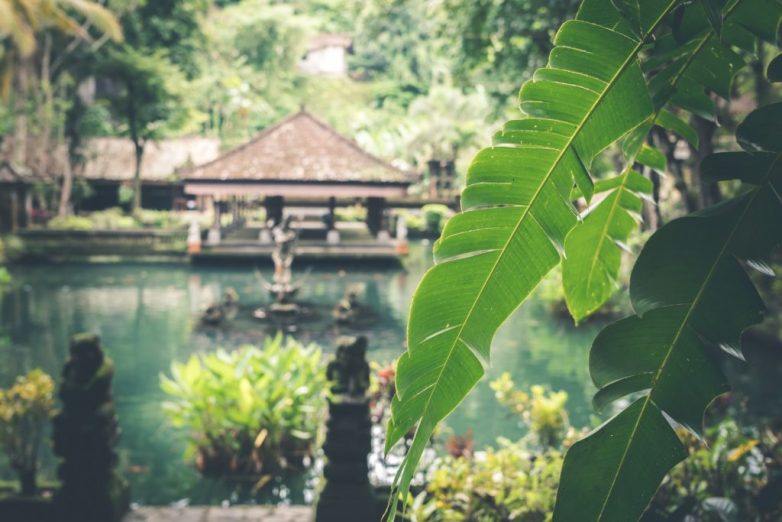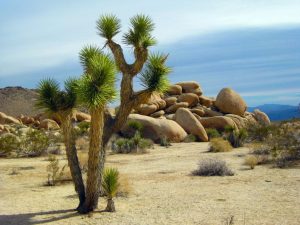
Essential oils are extracted from a wide range of plants worldwide. Where plants grow depends on factors such as their tolerance to frost and if there’s sufficient rainfall or irrigation. Many oils thrive in Mediterranean areas and in subtropical and tropical climates.
Traditionally, most essential oils were harvested from the wild, and this is still the case for some abundant species such as juniper. However, as aromatherapy grows in popularity, with markets expanding in the US, there is increased pressure on plants grown in the wild, and it can be a struggle to keep up with demand.
To ensure a continuous supply of oils, many plants are specially cultivated, with suppliers creating the soil conditions and irrigation needed to grow crops. So, whether it’s peppermint or lavender oil, we all follow nature and focus on sustainable access to essential oils rather than collecting them from wild plants. That’s what Homasy has been doing.
Now, let’s take a look at the source of essential oils worldwide: five continents: Asia, Oceania, Africa, Americas, Europe.

Asia
Essential oils from Asia are mainly from the south of the continent, where tropical conditions provide ideal growing conditions for spices such as cardamom and nutmeg.
- China: Wintergreen, Cinnamon, Litsea cubeba, Tea tree, Camphor
- India: Cardamom, Cumin, Patchouli, Sandalwood
- Indonesia: Benzoin, Citronella, Galangal, Nutmeg
- Iran: Rose
- Nepal: Wintergreen
- Oman: Frankincense
- Philippines: Elemi
- Sri Lanka: Black pepper, Cardamom, Cinnamon, Citronella, Ginger, Lime
- Thailand: Plai
- Turkey: Rose
- Vietnam: Cajeput, Litsea cubeba, Star anise

Oceania
Much of Australasia is semiarid, suitable for drought-resistant plants such as tea tree.
- Australia: Eucalyptus Globules, Fragonia, Tea tree
- New Zealand: Manuka

Africa
The variations in climate across Africa produce a diverse range of plants, from exotic ylang-ylang in the subtropical southeast, to myrtle and cedarwood in the north.
- Comoros: Ylang-ylang
- Congo: Geranium
- Ethiopia: Myrrh
- Egypt: Basil, Jasmine
- Kenya: Tea tree
- Madagascar: Clove, Niaouli, Palmarosa, Ravintsara, Vanilla, Vetiver
- Morocco: Cedarwood, Mimosa, Mugwort, Neroli, Myrtle
- Réunion: Geranium
- Somalia: Frankincense, Myrrh
- South Africa: Buchu, Eucalyptus Radiata, Lemongrass
- Uganda: Palmarosa
- Zimbabwe: Eucalyptus Smithii, Tagetes

Americas
The humid, tropical climate in South America provides fertile growing conditions for citrus fruit, while pine forests grow abundantly in the cooler conditions in Canada.
- Canada: Pine
- Brazil: Eucalyptus Citriodora, Orange, Rosewood, Tangerine
- Paraguay: Petitgrain
- Peru: Lemon verbena
- West Indies: Allspice, Grapefruit, Peppermint

Europe
Europe is a major source of essential oils. The range of climates means that a variety of plants can be grown, from citrus fruit in the hot and sunny climates of Spain and Italy to more frost-tolerant plants in northern European countries.
- Bosnia: Bay laurel, Helichrysum
- Bulgaria: Parsley, Rose, Valerian
- France: Angelica, Caraway, Carrot, Cedarwood, Clary sage, Cypress, Fenugreek, Juniper, Lavender, Lemon balm, Mullein, Oregano, Pine, Sage, Tarragon, Thyme, Tuberose, Violet
- Germany: Chamomile (blue), Hungary Coriander, Dill, Fennel, Roman chamomile, Savory, Yarrow
- Italy: Bergamot, Helichrysum, Lemon, Orange
- Sweden: Birch
- Spain: Cistus, Eucalyptus Globules, Lemon verbena, Marjoram, Rosemary, Sage
- United Kingdom: Lavender, Peppermint, Roman chamomile, Yarrow